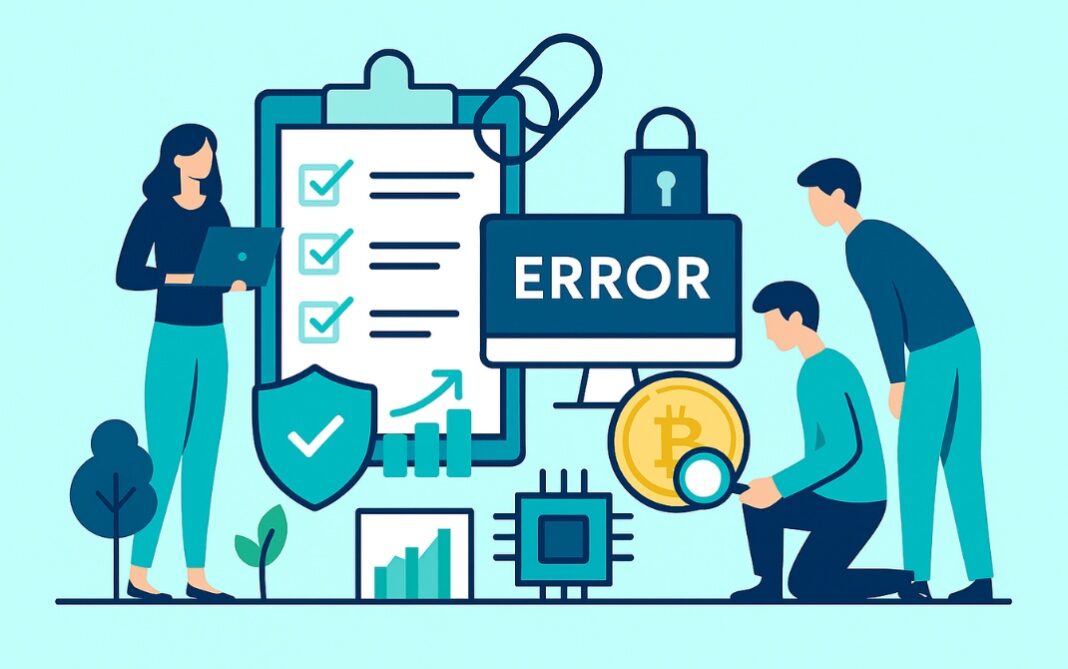As blockchain adoption accelerates, startups and developers must prioritize security and compliance. One of the most effective ways to ensure both is through a thorough audit. Understanding and applying blockchain audit best practices can help teams identify vulnerabilities, meet regulatory standards, and build trust with users and investors.
Also Read: The Role of Blockchain Risk Analysis in Preventing Crypto Exchange Hacks
Why Blockchain Audit Best Practices Matter
Blockchain systems are decentralized, transparent, and immutable, but they’re not immune to risk. Smart contracts, tokenomics, and consensus mechanisms can all harbor hidden flaws. By following blockchain audit best practices, startups can proactively address these issues before they become costly breaches or compliance failures.
Audits also demonstrate a commitment to transparency and security, which is essential for attracting funding, users, and partnerships in the competitive Web3 space.
Key Blockchain Audit Best Practices for Startups
Startups should begin by documenting their architecture, smart contract logic, and token distribution models. Clear documentation helps auditors understand the system and identify potential risks.
Here are essential blockchain audit best practices to follow:
- Code Review and Testing: Conduct internal reviews and automated tests before engaging external auditors
- Use Static and Dynamic Analysis Tools: These tools help detect vulnerabilities like reentrancy, overflow, and access control flaws
- Engage Reputable Auditors: Choose firms with proven experience in your blockchain ecosystem
- Simulate Attack Scenarios: Penetration testing and threat modeling reveal how your system responds under stress
- Maintain Audit Trails: Keep records of all changes, fixes, and audit results for future reference and compliance
By integrating these blockchain audit best practices early, developers reduce the risk of last-minute surprises and improve audit outcomes.
Common Pitfalls to Avoid
Startups often rush development and skip key security steps. Avoid these mistakes:
- Ignoring gas optimization and scalability
- Overlooking governance and upgrade mechanisms
Following blockchain audit best practices helps teams avoid these pitfalls and build resilient, scalable systems.
Also Read: A Clear Look at Blockchain Risk Analysis
Conclusion: Building Trust Through Blockchain Audit Best Practices
In the fast-moving world of Web3, security and transparency are non-negotiable. By embracing blockchain audit best practices, startups and developers can safeguard their platforms, meet compliance standards, and earn user trust. A well-prepared audit isn’t just a checkbox, it’s a strategic advantage in the blockchain ecosystem.




